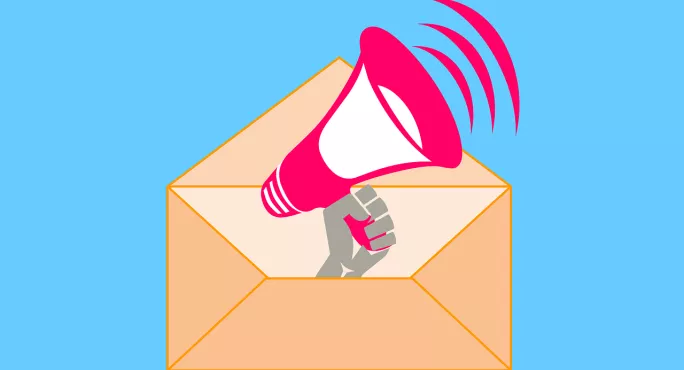Eight steps to hack your way to Inbox Zero

Your inbox notification number says a lot about you.
You’ve either got everything under control, and each time that little red dot appears, you immediately deal with the new message.
Or, your number is hitting four figures and your friends weep at the very sight of it.
Quick read: Wellbeing: how to be a happy teacher
Quick listen: The truth about mental health in schools
Want to know more? Why teachers’ first impressions really do count
And even the most conscientious among us will see the emails stacking up at busy points in the year.
But what about those that operate at a higher plane of organisation? What about Inbox Zero?
American blogger Merlin Mann presented the method to all Google employees back in 2007, and with teachers reporting that emails add to their ever-increasing workload, now is the time to take control of our inboxes.
Here’s how to get to Inbox Zero, teacher-style:
Step 1
Adopt the attitude that not everything needs to be kept. Switching your mindset is essential to getting this system to work.
Step 2
Give yourself time to sort your inbox out to get it to Inbox Zero, but also build time into your day to deal with emails.
It could be the five minutes before your form arrives every morning, or the first 15 minutes after the bell goes for the end of the day. Just make it realistic, and value your time.
Step 3
You need folders. For most teachers, it’ll be separate inboxes for pastoral, and academic, and extra-curricular.
How you further divide them will depend on your phase and position. It’s really useful to have a “need to reply” folder, too.
And for your sanity, try a “this was nice” folder. Stick all lovely emails in there and read later.
Step 4
Be brutal. Go through and drag emails into the right folders, or delete if you don’t need them. Use an archive folder for all the miscellaneous emails you just need to move out en masse.
Step 5
Now you need to fix things so your inbox never gets clogged up again. You need filters. There are detailed steps here, but essentially, you can set up your email to sort messages as they arrive, so when the weekly briefing notes appear, they can always go to your admin folder, and everything from your head of year can go into pastoral, and so on.
Step 6
A respectful pre-programmed email signature will suffice, just as one-line replies are absolutely OK. You don’t always need loads of pleasantries.
You can also create basic template replies; either by creating a keyboard shortcut, or saving a message in your drafts that you then copy and paste.
If you know you frequently spend time replying to colleagues about when data is due, or where an item is on the shared area, these kinds of basic replies will save you heaps of time.
Step 7
Eradicate the need for email by making sure you have programmed your school calendar into Outlook. If you have a school administrator or a line manager who does this already, wonderful! If not, the time it takes will pay off in the long run because it will cut down on unnecessary emails.
Step 8
Don’t bother with trying to create email trails to track meeting notes. You’re much better off creating a shared document and tracking conversations and important dates on there.
Register with Tes and you can read two free articles every month plus you'll have access to our range of award-winning newsletters.
Keep reading with our special offer!
You’ve reached your limit of free articles this month.
- Unlimited access to all Tes magazine content
- Save your favourite articles and gift them to your colleagues
- Exclusive subscriber-only stories
- Over 200,000 archived articles
- Unlimited access to all Tes magazine content
- Save your favourite articles and gift them to your colleagues
- Exclusive subscriber-only stories
- Over 200,000 archived articles